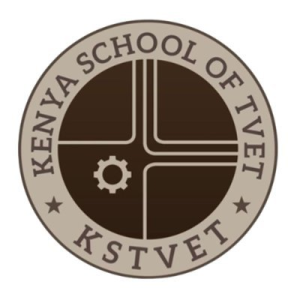Access to the Internet provides a wide variety of digital learning resources to both teachers and students. Some are geared specifically toward helping either students or teachers, but many are meant to help both. Here are some examples.
- Digital textbooks: Digital textbooks can be a cost-effective way to update the curriculum when necessary. They typically come equipped with helpful features, like interactive end-of-unit quizzes, search functions, and sources.
- Online grade books and classrooms: Programs like Google Classroom, Blackboard, Schoology, and the like are excellent organizational tools for teachers and students. Teachers can keep grade books, teaching materials, attendance, IEP information, and differentiation strategies organized all in one place. Students can choose to be alerted to upcoming assignments or newly posted material.
- Interactive models: When physical models are difficult or impossible to obtain, many interactive models can be sourced online. For example, in an anatomy and physiology classroom, a cadaver lab would be impossible in the K-12 context. However, interactive models of the human body online can allow students to learn the same information in an interactive way. Teachers can also use these interactive models during their presentation of new content.
Digital Resources for Students
As technology becomes a bigger part of students' lives, some teachers use digital resources to increase student engagement. Additionally, there are learning resources available that give access to information that would be otherwise unavailable. Some examples of this include:
To unlock this lesson you must be a Study.com Member. Create your account





